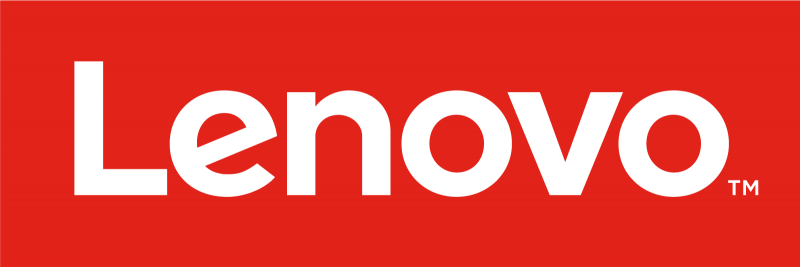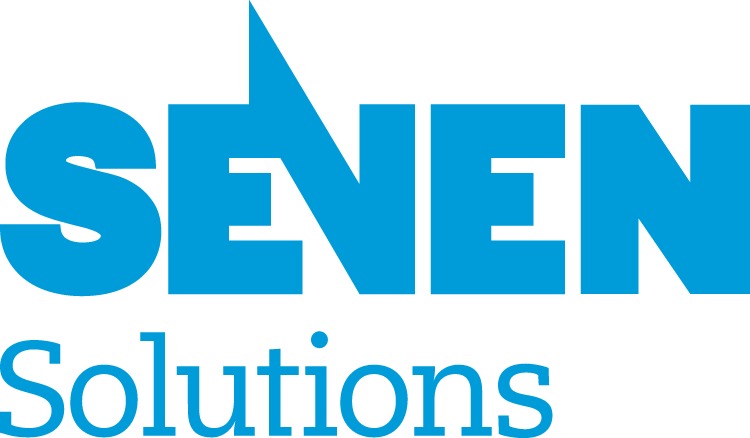STAC Summit, 24 Sep 2019, Hong Kong
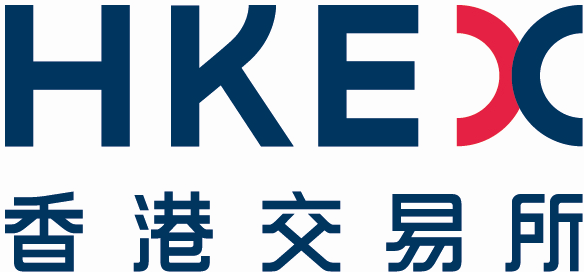
STAC Summits bring together CTOs and other industry leaders responsible for solution architecture, infrastructure engineering, application development, machine learning/deep learning engineering, data engineering, and operational intelligence to discuss important technical challenges in trading and investment.


Agenda
Click on the session titles to view the slides.
 Big Compute
Big Compute
 Fast Compute
Fast Compute
 Big Data
Big Data
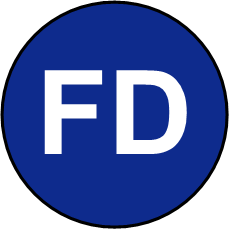 Fast Data
Fast Data
| Opening remarks | |
|
Richard will offer words of welcome from HKEX. |
| STAC orientation | |
|
The STAC Benchmark Council’s mission is to accelerate technology discovery and assessment in the finance industry. Peter will outline how that works and how trading and investment firms can benefit. |
Engineering to support modern data science  |
|
Nearly every institution in today’s market wants to improve its data science—whether it’s an HFT shop or discretionary asset manager that wants to diversify strategies, a well-established quant fund seeking to get algorithms to market faster, a broker looking to provide better execution, or an exchange aiming to add value or improve surveillance through better analytics. Many of them are trying their best to hire smart data scientists and to source alternative data. Meanwhile, vendors and the open source community are flooding the world with helpful tools and technologies, including AI software frameworks (e.g., TensorFlow, PyTorch, Scikit-learn), big data scaling frameworks (e.g., Spark, Dask, HPAT), model life-cycle management tools, cloud services (IaaS, PaaS, MLaaS), processors (CPU, GPU, FPGA, TPU, other AI chips), and data infrastructures (databases, file systems, memory, and storage architectures). But expecting data scientists to utilize new data and technologies on their own usually fails, at least at scale. Data scientists need help selecting the right technologies, prepping and managing large amounts of data, designing systems for high performance, and managing uncertain processes in an agile way. That is, they need the help of engineers. Our cross-functional panel of experts will tackle key questions facing the CTO, such as:
|
STAC briefing: Quant technology activities  |
|
|
For nearly a decade, STAC working groups have discussed challenges in an expanding range of big data and big compute workloads such as enterprise tick analytics, strategy backtesting, derivatives valuation, and machine learning/deep learning. Along the way, they have developed numerous benchmark specifications from use cases provided by trading and investment firms. These benchmarks are used to assess new technologies up and down the stack—including software like tick databases, Spark, and Python scaling frameworks; AI frameworks; public cloud platforms and Kubernetes; CPUs, GPUs, and FPGA; parallel file systems; storage systems; and storage media including the latest SSDs and storage class memory. Michel will summarize the activities of these working groups, review the major benchmark suites, and provide the latest benchmark results. |
Innovation Roundup - Round 1  |
|
| The Innovation Roundup is a time-honored STAC format for several vendors to introduce new technologies in a short amount of time, ensuring that they “get to the point”. |
|
| "AI is hot. Here’s how to cool it" Dave Weber, Wall Street CTO & Director, Lenovo |
|
| "Storage Solution for Scaling AI" Frances Chien, Corporate Advisory Engineer, Dell EMC |
|
| "Levyx: System Software for Computational Storage in Fintech" Charmaine Athaide, Regional Business Development Director, USAM Group (speaking for Levyx) |
|
| "Weaponizing I.T. in Finance" Paul Serrano, Chief Evangelist, APJ, Nutanix |
Everything you wanted to know about FPGA but were afraid to ask    |
|
Field-programmable gate arrays (FPGAs) enable business logic to be coded in firmware on platforms with massive parallelism and low-latency I/O. In finance, FPGAs are commonly used for latency-sensitive tasks in the handling of market data and transactions, and they are beginning to be used for compute-intensive tasks like risk calculations. Our panel of users and vendors will tackle key questions on the minds of trading and investment firms thinking about moving some workloads to FPGA for the first time or improving their existing use of FPGA, including:
|
STAC briefing: Fast workloads |
|
|
Since the founding of the STAC Benchmark Council in 2007, working groups have discussed challenges related to “fast data”. This starts with the challenge of how to reduce the latency of realtime market data, messaging, and trade execution, but it also includes operational intelligence challenges such as time synchronization, event capture, and latency measurement. Accordingly, the first task of these working groups has been to develop benchmark standards for low-latency technology stacks as well as technologies for time synchronization, time-stamping, and capture. These benchmarks have been used to measure overclocked servers, network stacks (e.g., 10GbE, 25GbE, Infiniband), FPGA solutions for tick-to-trade, ultra-accurate timestamping switches and NICs, and even containers with Kubernetes. Peter will summarize the activities of the working groups, review the major benchmark suites, and provide the latest benchmark results. |
Innovation Roundup - Round 3 |
|
| "Arista financial trading innovations" Dave Snowdon, Director of Engineering, Arista Networks | |
| "Integrating high-accuracy synchronization into your financial operations" Carlos Valenzuela, Field Application Engineer, Seven Solutions | |
| ”A glimpse of the future of accurate UTC sync and timing for distributed systems” Barry Dropping, Associate Director, Product Line Management, Microchip |
It’s about time: Keeping trading in sync across Asia |
|
Analyzing events in electronic trading requires understanding exactly when they happened. In today's markets, that is not easy. Challenges include coordinating time references across data centers, applying timestamps in all the necessary applications and network devices, and achieving sufficient timestamp accuracy in a game with moving goal posts. Our panel of users and vendors will discuss the business and regulatory drivers for accurate time synchronization in Asia, then debate key questions such as:
|

About STAC Events & Meetings
STAC events bring together CTOs and other industry leaders responsible for solution architecture, infrastructure engineering, application development, machine learning/deep learning engineering, data engineering, and operational intelligence to discuss important technical challenges in financial services.
 |
 |
 |
|---|---|---|
Speakers
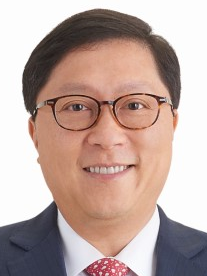 Richard LeungHKEX
Richard LeungHKEX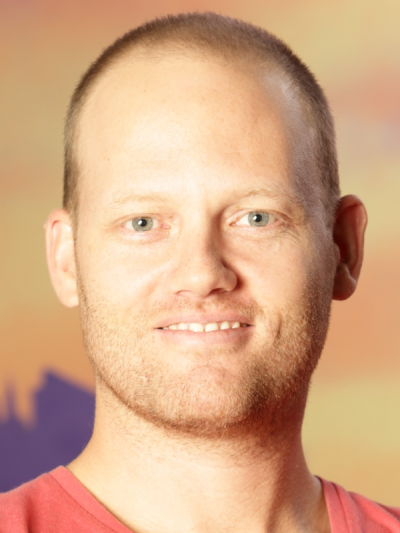 James MorrisOptiver
James MorrisOptiver
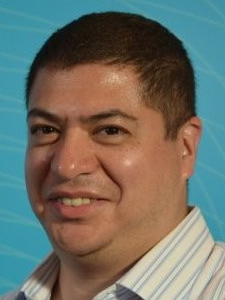 Miguel OrtegaDeutsche Bank Securities Tokyo
Miguel OrtegaDeutsche Bank Securities Tokyo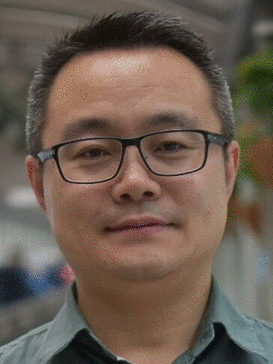 Qingli GaoBNP Paribas
Qingli GaoBNP Paribas
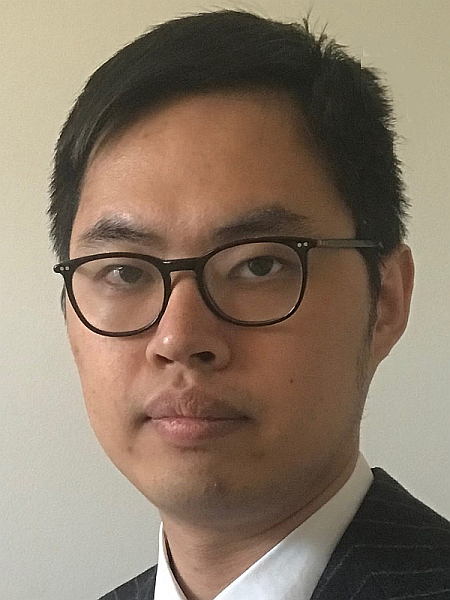 Derek YeungHKEX
Derek YeungHKEX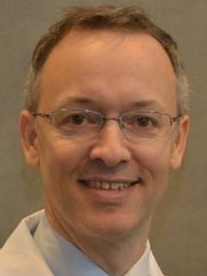 Peter LankfordSTAC
Peter LankfordSTAC
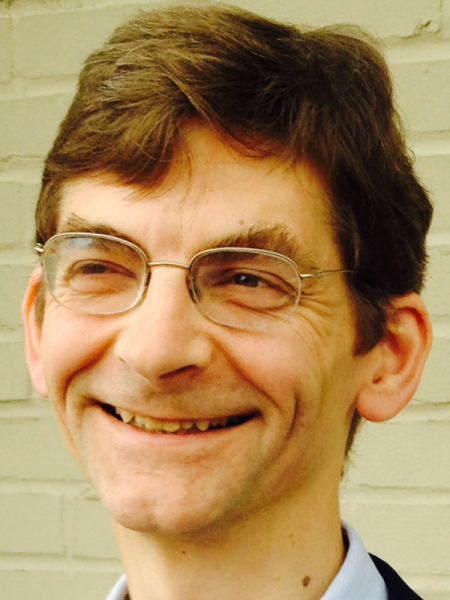 Michel DebicheSTAC
Michel DebicheSTAC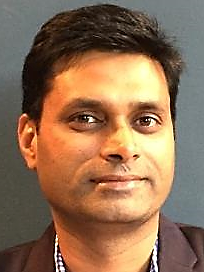 Srihari AngaluriLenovo
Srihari AngaluriLenovo
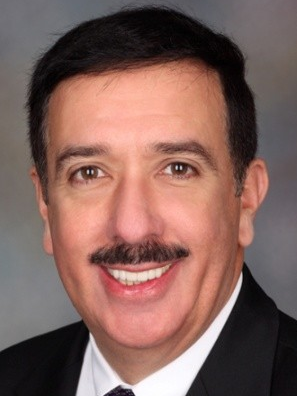 Paul SerranoNutanix
Paul SerranoNutanix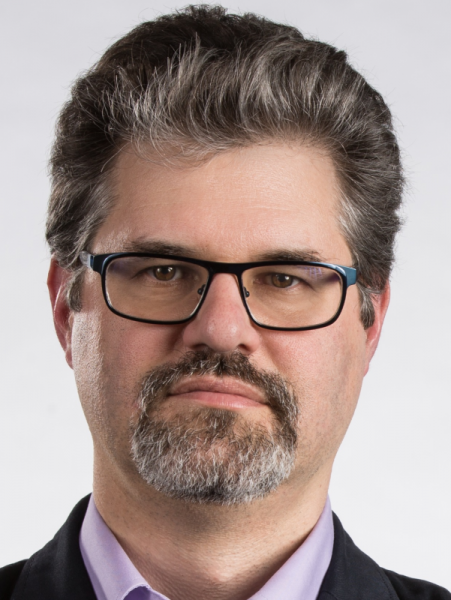 John AshleyNVIDIA
John AshleyNVIDIA
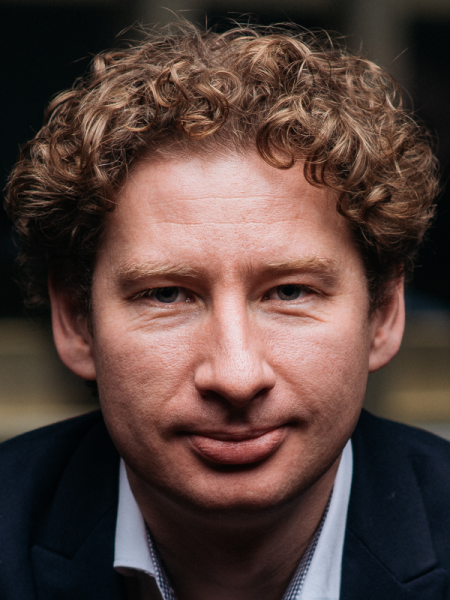 Dr. Matthew GrosvenorExablaze
Dr. Matthew GrosvenorExablaze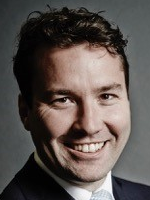 Dr. David SnowdonArista
Dr. David SnowdonArista
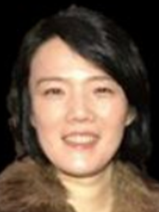 Frances ChienDell EMC
Frances ChienDell EMC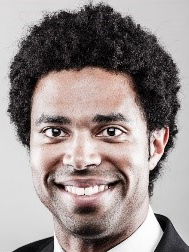 Mutema PittmanIntel
Mutema PittmanIntel
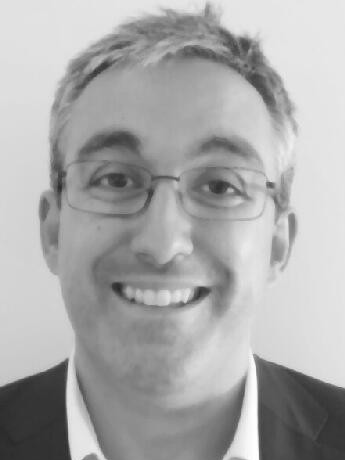 Javier DiazSeven Solutions
Javier DiazSeven Solutions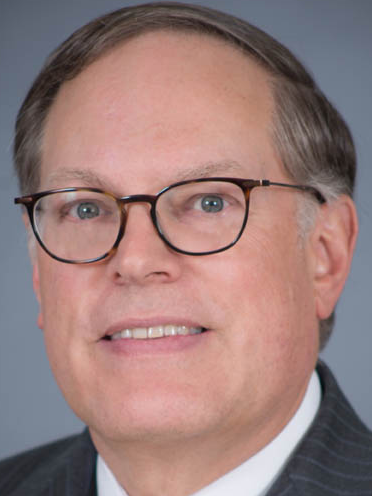 Dave WeberLenovo
Dave WeberLenovo
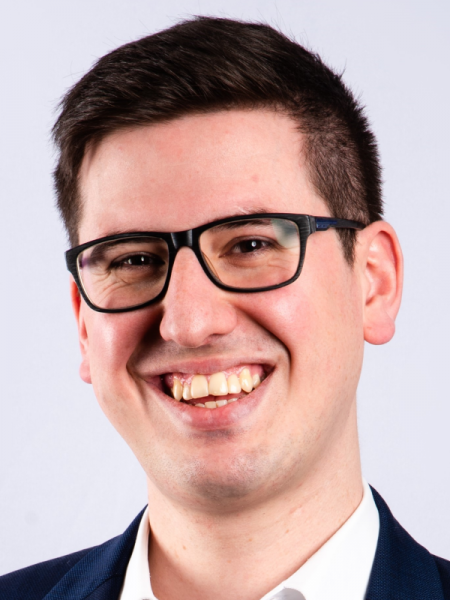 Laurent de BarryEnyx
Laurent de BarryEnyx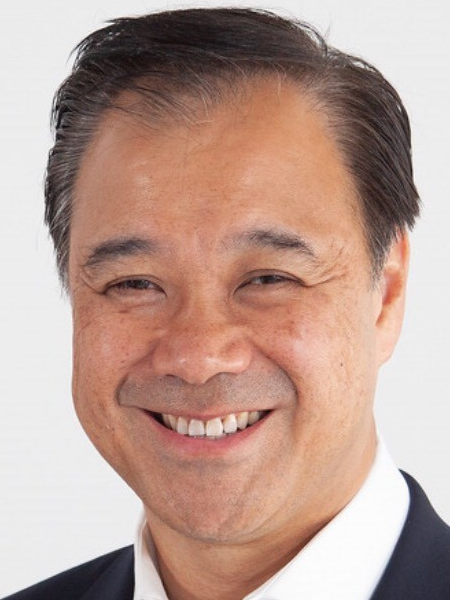 Richard ManFixnetix
Richard ManFixnetix
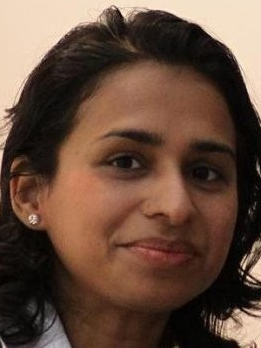 Charmaine AthaideUSAM Group (speaking for Levyx)
Charmaine AthaideUSAM Group (speaking for Levyx)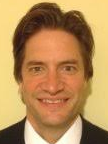 Cliff MaddoxNovasparks
Cliff MaddoxNovasparks


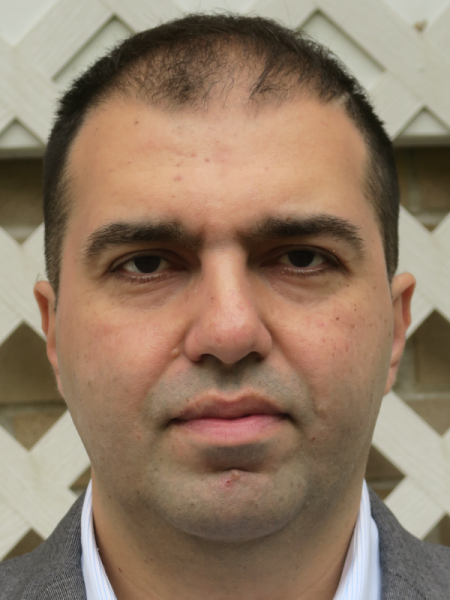 Vahan SardaryanLDA Technologies
Vahan SardaryanLDA Technologies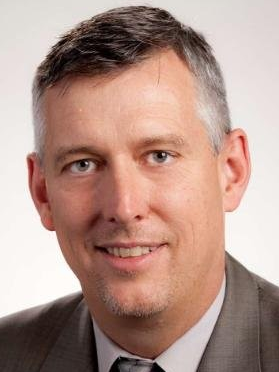 Barry DroppingMicrochip
Barry DroppingMicrochip